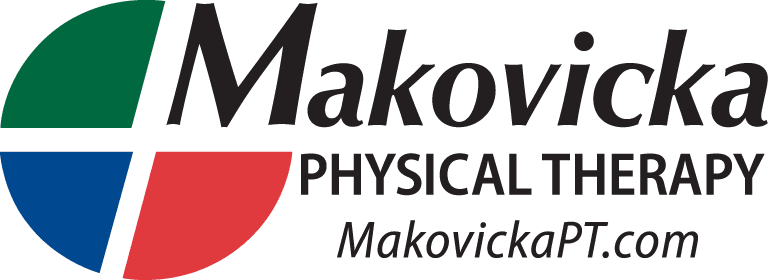As the warm weather arrives two things follow: 1. increased children’s activity 2. Injuries. The emergence of year long activity along with more practice time and performances have increased the rate of injury in children. Children are now faced with more pressure to perform injured due to the higher level of competition. Parents and coaches need to be on the lookout for injury and allow full recovery to prevent more severe injuries.
Traumatic injury is always a concern with activity, but the real issue can be overtraining. Overtraining is the process where the body has difficulty with the recovery process due to consistent microtrauma to the tissues. Symptoms of overtraining include weakness, unusual fatigue, and mood changes. If you see these signs in your child, it is a good indication they need some recovery time.
In the past, complaints of soreness and pain were seen as a part of competitive activity. However, we have learned that the presence of pain or soreness can alter an individual’s movement and create a chronic condition. A movement dysfunction could lead to recurring injury and in some cases traumatic injury. The biggest predictor of injury is a previous injury. Previous injury can often lead to asymmetrical movement patterns, which set the body up for failure when adding repetitive activity. It is vital that if your child has complained of an injury or exhibits the symptoms of overtraining that they are screened for a movement disorder.
The ability to distinguish a movement dysfunction can be the difference of 48 hours of rest and corrective exercise versus 6 months of post-operative rehabilitation. The Functional Movement Screen is a great tool to pick out asymmetries in a person’s movement pattern. Makovicka Physical Therapy utilizes this screen to ensure our athletes, performers, and weekend warriors are moving well during their respective activities.
Physical therapists are experts in determining which movement patterns are the culprit for injury. For example, many people will start stretching due to a perceived lack of mobility. However, a lot of mobility/flexibility issues are actually stability limitations. An example of this is hamstring length. Many people stretch their hamstrings to improve their flexibility, while it may be the tilting of the pelvis that restricts the hamstrings. A physical therapist can distinguish this difference and prescribe the appropriate treatment to improve this pattern.
